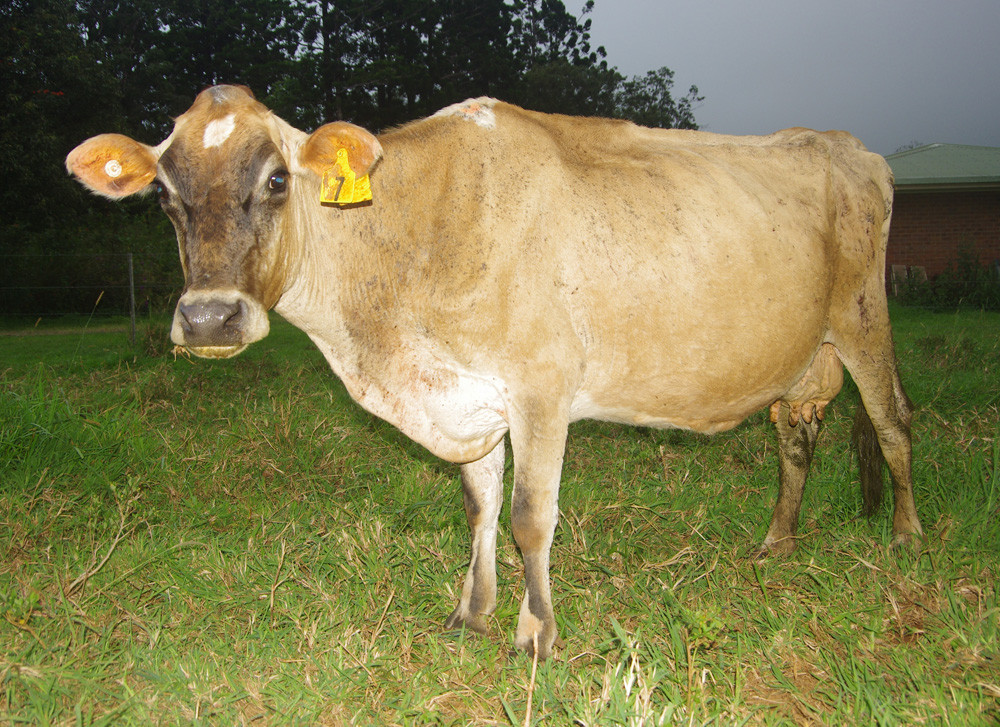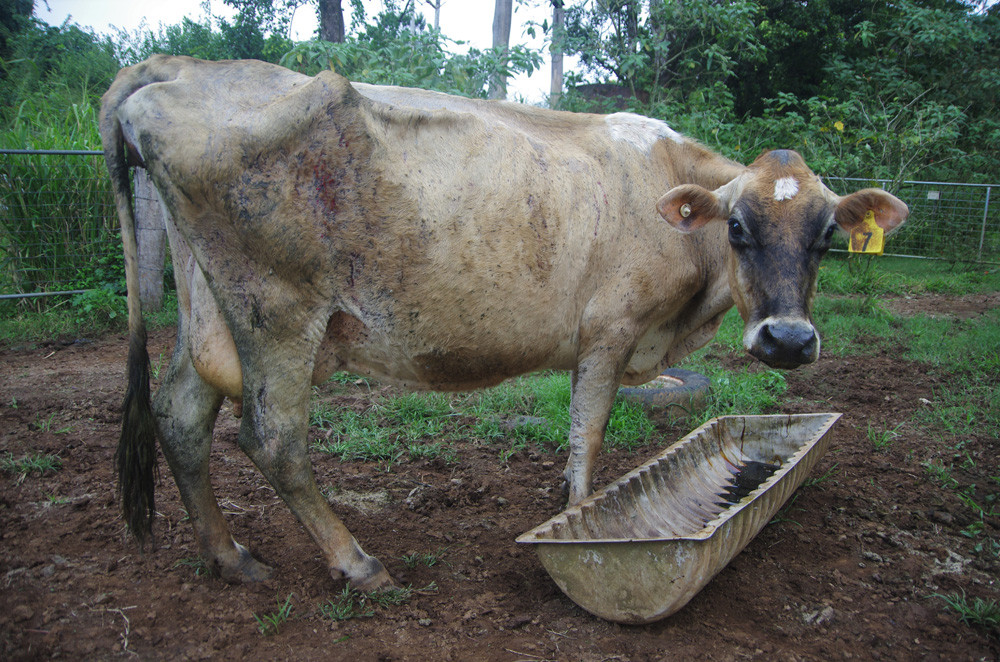On The Land
14 May, 2023
Producers urged to get free tick testing
CATTLE producers who suspect that their current tick treatments may not be as working as well as they used to now have the option of getting their ticks tested for only the cost of express postage to the testing laboratory.

Producers know only too well of the possibility of tick resistance and the potential need to treat animals more frequently and not be getting the expected “kill” of ticks after treatment.
Over its life cycle, one single cattle tick will suck 3.6 litres of blood from a cow resulting in massive production losses.
Malanda Beef Plan Group president Gordon Carcary said producers would find testing the ticks on their property for resistance to be a valuable exercise for them.
“Testing for resistance is a great opportunity to make sure your tick treatment program is effective, improving animal welfare and maximising productivity,” he said.
Unfortunately, the prolonged or incorrect use of tick chemicals can lead to resistance in ticks.
Resistant cattle ticks were first detected in the Northern Territory in 1999 with the resistant tick discovered being classified as Parkhurst strain.
It is important to preserve the five groups of chemicals which are available for controlling ticks Organophosphates (OP), Synthetic pyrethroids (SP), Amitraz and Macrocyclic lactone (ML) and Fluazuron (IGR).


Many producers are taking advantage of a free service offered by specialist animal health company, Virbac, for implementing effective tick control programs specifically tailored to their property’s requirements.
Producers are encouraged to test their ticks for possible resistance by following the easy steps outlined on this page.
Once ticks are received, producers will receive an email confirmation from the laboratory.
Results will take over eight weeks to be received as the ticks must first be bred in order for their offspring to be tested.
Although resistance to commercially available tick chemicals is growing, each property will have its own profile of tick resistance.
It is important to know which tick chemicals can be expected to be useful, and which are unlikely to work in designing a cost-effective control program.
For further information, contact 1800 242 100 or James Overall at Virbac on 0428 691 158 or email to james.overall@virbac.com.au
How to collect ticks for resistance testing
Collect ticks on a Monday or Tuesday, as even though ticks are being sent by express post, they can sometimes take up to four days to arrive at the Coopers Plains Laboratory.
Get a disposable food container (with a lid), the size of a Chinese takeaway container.
Punch six holes in the lid with the end of a sharp knife, do this on a flat base so lid won’t split.
Put 2-3 pieces of fresh grass the length of your finger in container to provide moisture for ticks.
Collect 30-50 engorged adult ticks and place in container with lid. Where possible, ticks should be collected from several cattle, not just one animal.
Put ticks in an express post box (with a bit of bubble wrap around container they are in to cushion them).
Post immediately by express post to the following address:
Specimen Receipt (Loading Dock 12), Biosecurity Sciences Laboratory, Health and Food Science Precinct 39 Kessels Road, Coopers Plains, QLD 4108
How to complete tick resistance paperwork
Please see below URL for the link to the tick resistance paperwork. It is the one labelled “Resistant Tick Advice Sheet”.
www.business.qld.gov.au/industries/farms-fishing-forestry/agriculture/biosecurity/lab/samples
Notes for filling out paperwork
Submitter’s name is generally the owner, unless someone else is doing it for you.
Number of animals refers to only the group being sampled eg. There may be 500 head on a dairy property but only the milking herd of 250 animals have been sampled so the number of animals is 250.
Tick stages found on animals at inspection - is generally all parasitic stages.
Reason for test – tick - suspect resistance.
Treatment date – is date of last tick treatment eg 29 March 2023
Days after treatment – is when the ticks were collected eg three weeks after last treatment.
Name of locality – put On Property.
Tick Management - Are all cattle treated? – meaning are all the cattle on the whole property treated? Tick control program details or, if none, list the details of any tick treatments done.


